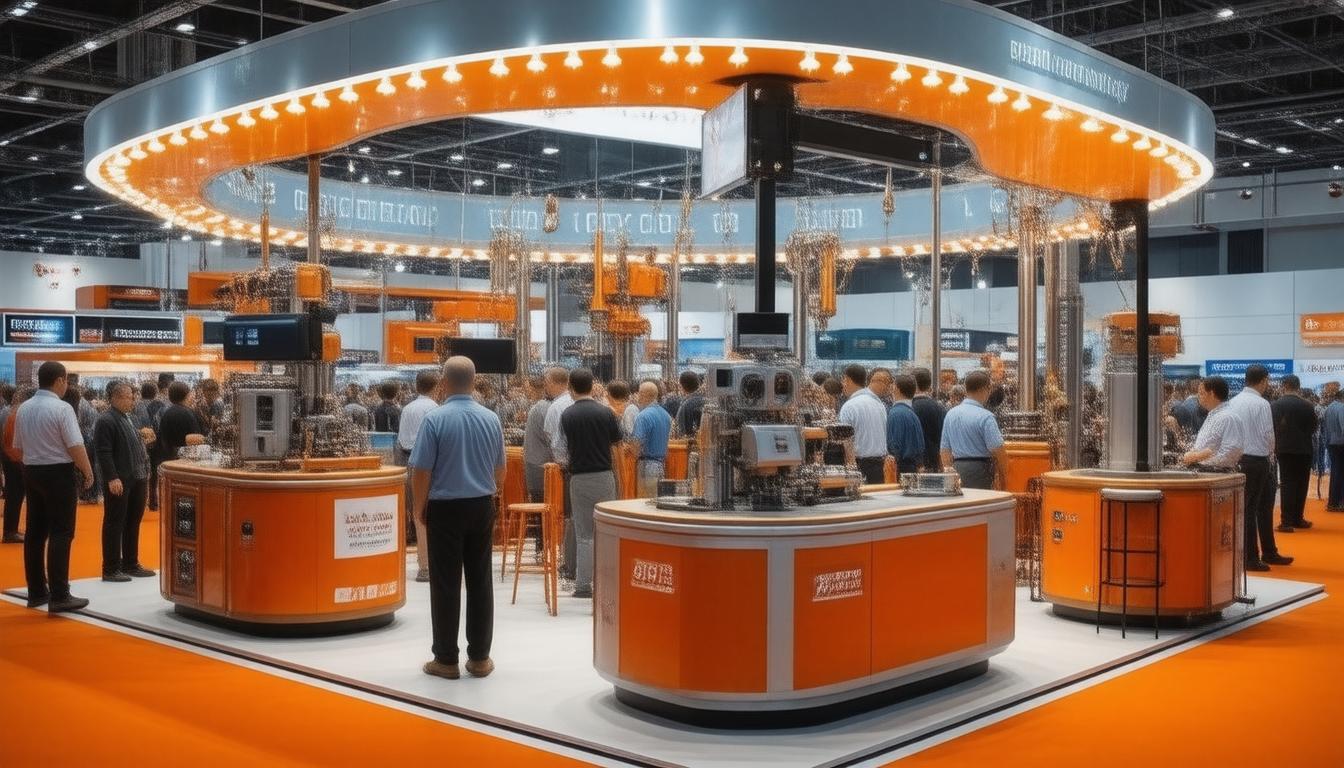
Trenchless sewer technology is an innovative approach to pipe repair and replacement that avoids the need for extensive excavation. Instead of digging up large sections of road, landscape, or building foundations, trenchless methods repair or replace underground pipes with minimal surface disruption. This technology is not only more efficient than traditional methods, but it also significantly reduces environmental impact and social inconvenience.
The Evolution and Types of Trenchless MethodsThe evolution of trenchless technology began in the 1970s when the need for less invasive repair methods became apparent. Over the years, different techniques have been developed to address a variety of plumbing issues. The most commonly used trenchless methods include:
[LIST]
[*]Cured-In-Place Pipe (CIPP): A resin-saturated felt tube is inserted into the damaged pipe and cured in place, creating a new pipe within the old one.
[*]Pipe Bursting: A bursting head is pulled through the old pipe, breaking it apart while simultaneously pulling in a new pipe.
[*]Slip Lining: An old pipe is repaired by inserting a new, smaller pipe inside it and grouting the space between the two.
[*]Horizontal Directional Drilling (HDD): Used for installing new pipelines, HDD drills a path for the new pipe without trenching.
[/LIST]
Trenchless sewer technology has numerous advantages over traditional methods. It is generally quicker, since there is less digging and more straightforward repairs. It is also more cost-effective in the long term due to less surface restoration and reduced downtime for businesses and traffic. Moreover, trenchless methods are environmentally friendly, preserving the ecosystem and urban infrastructure with less impact.
Overcoming Challenges with Trenchless TechnologyDespite the benefits, trenchless technology also faces some challenges. Initial equipment costs can be high and specialized training is required for operators. The suitability of trenchless methods may also vary depending on soil type, existing infrastructure, and the condition of the pipes. Nevertheless, with continuous advancements in technology and methods, such challenges are steadily being overcome.
Trenchless Technology and SustainabilityTrenchless technology plays a significant role in sustainability efforts. By minimizing the need for excavation, this technology reduces carbon footprints, decreases noise pollution, and conserves landscapes. Moreover, it contributes to water conservation by efficiently repairing leaks and preventing sewage from contaminating the environment.
Looking Ahead: The Future of Trenchless Sewer TechnologyThe future of trenchless sewer technology is promising, with ongoing developments in materials, techniques, and machinery aimed at making the processes even more efficient and versatile. Research continues into robotics, remote operation, and advanced materials that can be used to extend the life of pipes and reduce the need for future repairs.
In conclusion, the rise of trenchless sewer technology reflects a shift towards more sustainable, practical, and less intrusive methods of maintaining our vital underground infrastructure. Its continual adoption and development will no doubt help shape a more resilient and eco-friendly urban landscape for generations to come.






